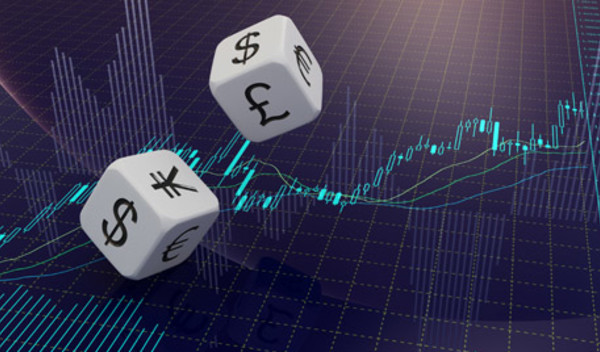“Investing in ETFs is just that – exchange-traded. They are priced all the time the market is open, whereas investing in an index tracker fund is just once a day. This can cause price differentials throughout the day,” explains Richard Philbin, chief investment officer at Wellian Investment Solutions.
Choice conundrum
A wide range of ETFs are now available, with users able to invest across various regions and asset classes. Recent demand reflects this variety and the tactical nature of ETF use. In May, for example, iShares saw nearly $1.5bn of net inflows go into its European-domiciled emerging market equity ETFs – the largest monthly amount since August 2016.
This came as investors “seemingly focused on improving emerging market fundamentals rather than the protectionist rhetoric that characterised the US election campaign”, according to analysis by the provider.
Other shifts were also apparent, reflecting the diverse and tactical nature of this investment universe. iShares saw $1.1bn of inflows into European investment grade credit vehicles, noting: “Investors appear to be continuing to diversify their yield exposure as traditional sources remain depressed”.
ETFs offer potential advantages over other passives because of this variety, according to industry figures. Claire Perryman, head of State Street Global Advisors’ SPDR ETF UK business, believes they provide more choice than trackers.
“Investors are using index mutual funds and ETFs interchangeably in their portfolios, although ETFs are often cited as offering a greater breadth of product with a flexible choice of exposures,” she says.
Smart thinking?
The selection has expanded even more in recent years as a more complicated breed of products has proliferated, with a new growth area for the industry arriving in the form of ‘smart beta’ products. These offer a more targeted form of exposure, via specially constructed indices, at a price still lower than that of most active funds.
For example, some smart beta products may target low volatility stocks within a particular benchmark or region, while others seek to access the returns captured by investment styles such as value and growth.
Smart beta has been an area where providers and professional investors appear keen on expansion.
A study by the Edhec Risk Institute found that 94 per cent of respondents planned to up their use of the products in the next three years. Meanwhile, a number of providers have been launching fresh propositions in the space. However, ETFs of all stripes are yet to become universally accepted, with some specialists still unconvinced of their merit as a primary tool in investor portfolios.
“We don’t tend to go near them. They are only used as part of multi-asset as components or synthetic passives,” says William Hunter, director of Hunter Wealth Management.











